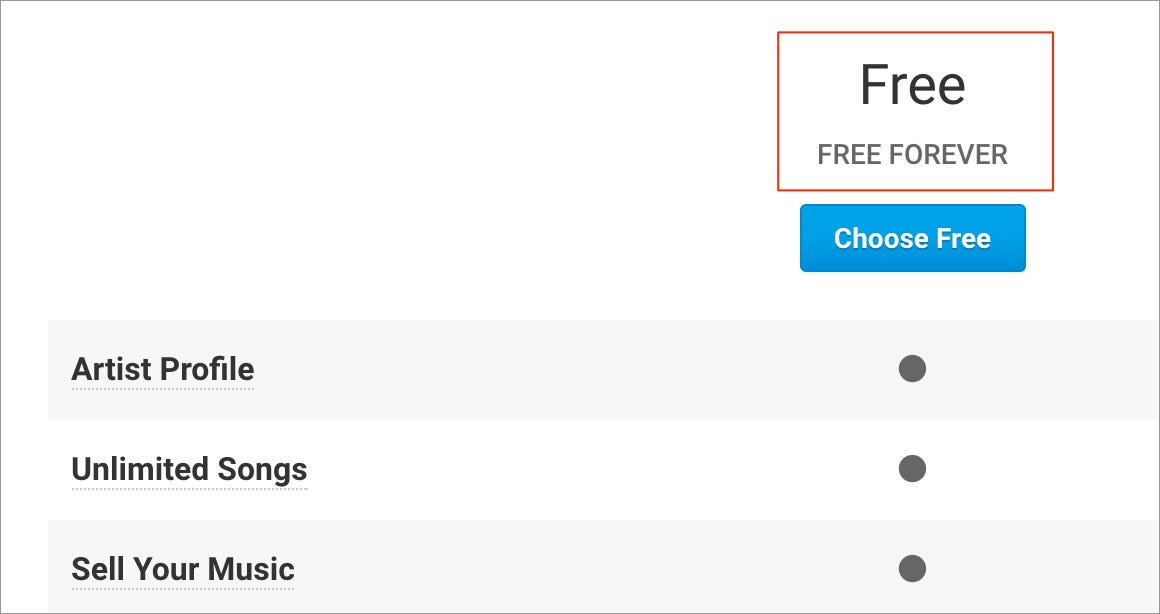
A music distributor is a company that helps musicians (and record labels) get their music into iTunes, Spotify, Google Play, and other online music stores & streaming services.
There are lot of distributors. (I happen to run one called DistroKid. But this article isn’t an ad for us.)
One of my responsibilities is to help identify & root-out baddies that prey on musicians. Every week, some new company asks us to partner with them. They want us to offer their services to our artists.
Some companies are legit. For example, we love working with the excellentLoudr (they’re great!) to get cover licenses for our artists.
But most of the time we pass on partnerships. That’s because too many companies are driven by taking money from artists, rather than helping them.
Sometimes, sadly, this applies to distribution companies, too.
Here’s a secret: Distribution isn’t that hard.
I run a large distributor. We put your music in stores. Then our work is mostly done.
We pay you every month, but that’s about as difficult as sending a PayPal.
Based on the above, you should understand that rule #1 is don’t ever give a percentage of your earnings to a distributor.
Giving your distributor 5% means that if you manage to make $20,000 from your music, you’re paying $1,000 to your distributor— for a thing they helped you with on day-one (which wasn’t very hard in the first place).
That is insane.
It’s even more insane when you realize your distributor does the same amount of work whether an artist earns 1 dollar or 1 million. So you shouldn’t have to pay more if you happen to be more successful.
You’re the one marketing, gigging, & clawing your way to success. Not your distributor. If you don’t use DistroKid, that’s okay (even tho we’re great and don’t take a cut!) — but please don’t willingly pay a tax to your distributor.
That’s just silly.
But it’s easier said than done. The weird thing is that a lot of (most?) distributors will try to trick you into thinking their service is free.
“What?” you ask.
I don’t want to name names. Because I don’t want to give them attention. But here are some examples of what the internet calls “dark patterns” — web design that’s intended to trick users into agreeing to things they wouldn’t normally agree to.
Below are actual screenshots from various distributors. If you’re reading this and you work at one of the companies depicted below, please respect artists and… just… stop it.


You need to be a member of NASTYMIXX to add comments!
Join NASTYMIXX